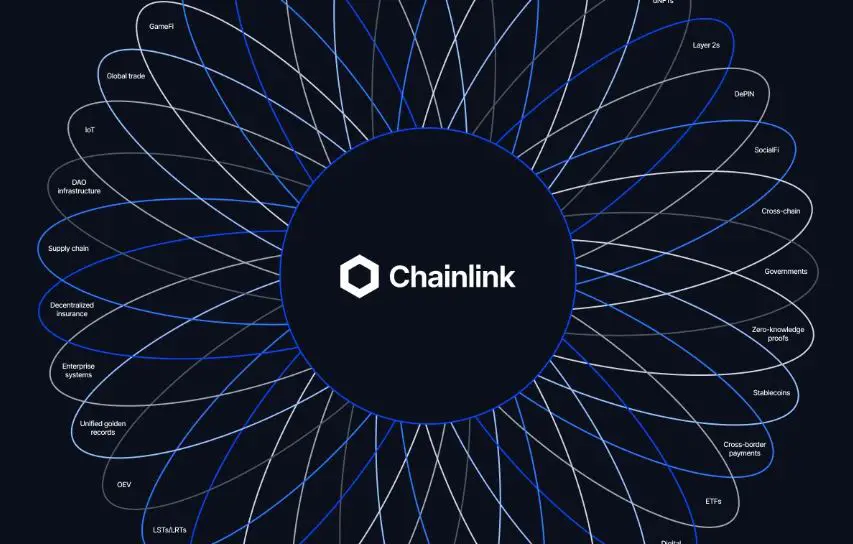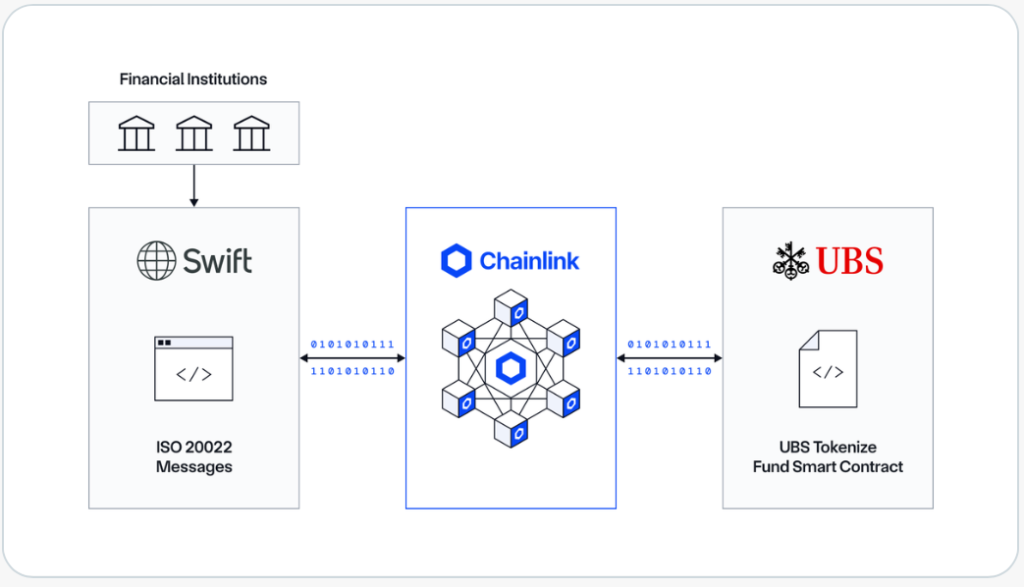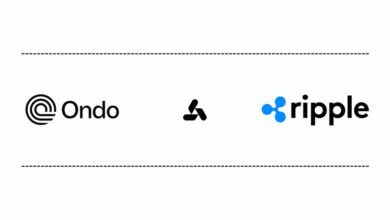Chainlink Powers Swift to Unlock On-Chain Banking Transactions | Future Of Banking

Big news for finance and crypto fans: Chainlink has teamed up with Swift to let banks move funds directly on-chain—using the messaging infrastructure they already know and trust.
This isn’t just hype. It’s one of the first real products to emerge from Swift’s blockchain pilot, showing how traditional banking messages can trigger on-chain transactions seamlessly.
How It Works
Chainlink, the leading blockchain oracle provider, announced this integration alongside UBS Asset Management and Swift, the backbone of global financial messaging. Using Chainlink’s Runtime Environment (CRE), banks can now leverage existing SWIFT rails to connect to blockchains—no new tools, no messy migrations.
This builds on Project Guardian, a 2024 pilot involving Chainlink, the Monetary Authority of Singapore (MAS), and UBS Tokenize (UBS’s in-house tokenization unit). The pilot proved that tokenized fund workflows can coexist with traditional fiat payment systems—making fund subscriptions and redemptions faster and simpler.
Instead of moving through a maze of custodians, fund administrators, and transfer agents (each step adding delays), transactions can now be executed directly on-chain. As Chainlink puts it:
“This interoperability unlock enables last-mile connectivity options already familiar and used by financial institutions and service providers today.”
And the timing couldn’t be better. According to McKinsey, global assets under management hit $147 trillion in June 2025—and faster, more efficient fund transfers are critical to keeping that money moving.

Swift’s Blockchain Evolution
Swift isn’t new to innovation. Founded in the 1970s in Belgium, the cooperative runs the global messaging network that powers cross-border payments.
- Since 2023, Swift and Chainlink have been testing how banks can use one access point to connect with multiple blockchains.
- In September 2024, Swift joined Project Agorá alongside the Bank for International Settlements and 41 private firms, exploring tokenized commercial bank deposits alongside wholesale central bank digital currencies (CBDCs).
- Earlier in 2024, Swift proposed a blockchain-based “state machine” to track transactions and balances across institutions using ISO 20022 messaging—running on either blockchain or Swift’s centralized Transaction Manager platform.
Swift is also collaborating with Consensys and over 30 financial institutions to create a round-the-clock, real-time blockchain settlement system, aiming to transform cross-border payments forever.
Why It Matters
For banks, it means less friction, faster settlements, and blockchain without the learning curve. For investors, it means safer, more transparent fund operations. And for the world of finance? It’s another step toward crypto and traditional banking working hand-in-hand, instead of in parallel.




